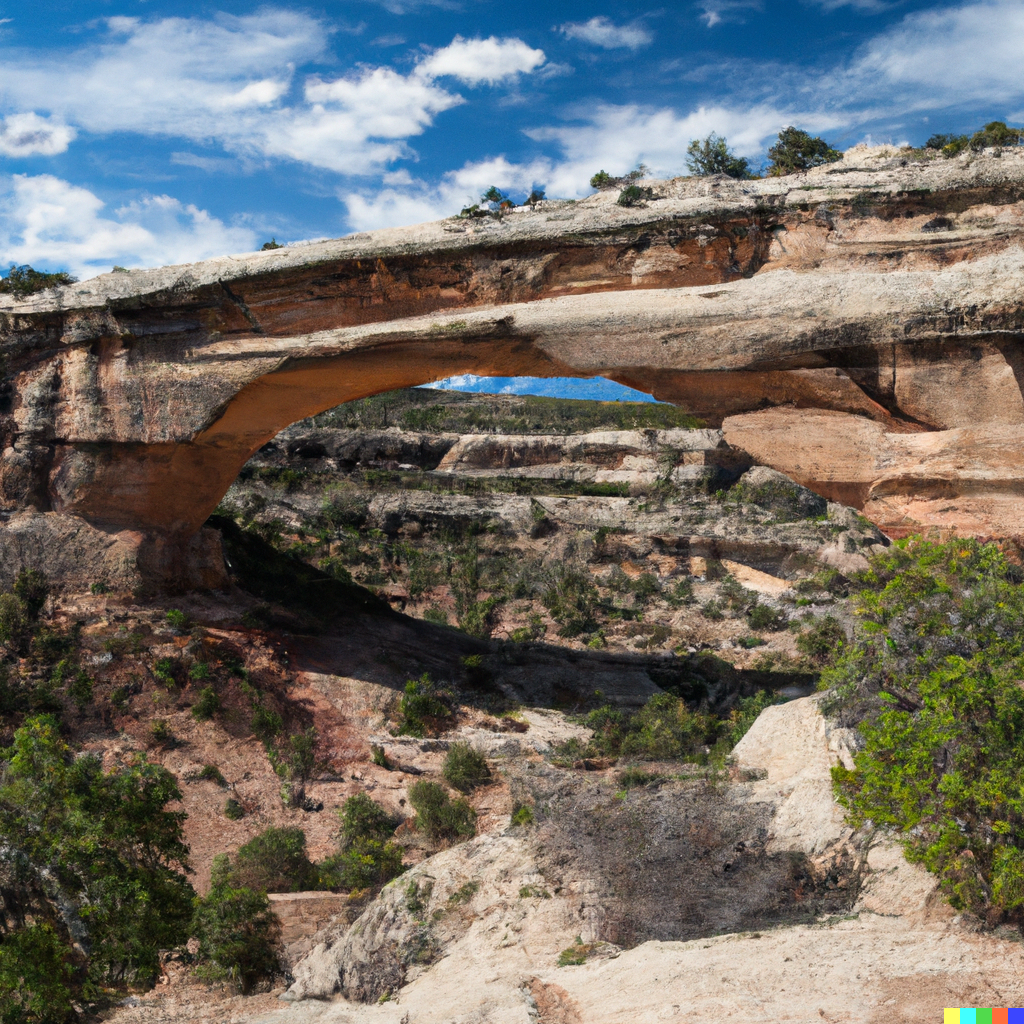In our rapidly urbanizing world, the mesmerizing tapestry of the night sky, adorned with stars, planets, and galaxies, is often lost to the invasive glare of artificial lights. However, scattered across the United States, there are several tranquil refuges where the celestial theater shines in all its grandeur, unspoiled by light pollution. These sanctuaries, known as 'Dark Sky Places,' are diligently preserved by organizations and communities committed to protecting the nocturnal environment. We've curated a list of five of the best star-spotting locations in the United States, where the awe-inspiring spectacle of the cosmos unfolds on clear, dark nights.
1. Cherry Springs State Park, Pennsylvania
Nestled in the remote wilderness of the Susquehannock State Forest, atop a 2,300-foot high mountain in north-central Pennsylvania, Cherry Springs State Park is a star-gazer's paradise. This destination is one of the darkest locations on the East Coast and proudly holds the designation of a Gold Level International Dark Sky Park. On a clear, moonless night, up to 10,000 stars can be spotted, and the Milky Way can often be seen streaking across the sky, casting an ethereal glow bright enough to cast shadows. This celestial wonderland offers public programs, including guided star tours and night sky photography workshops, providing an immersive and educational experience.
2. Mauna Kea, Hawaii
Rising majestically from the Pacific Ocean's depths, the Mauna Kea Observatories stand atop Hawaii's Big Island's dormant volcano. The site's towering altitude of 14,000 feet places you above almost 40% of Earth's atmosphere, a situation that drastically reduces the blurring effect of the air and presents the celestial bodies in sharp, vibrant detail. You'll feel as if you can reach out and touch the stars. Public access is available, but it is strongly recommended that visitors acclimatize at lower altitudes before ascending to prevent altitude sickness.
3. Natural Bridges National Monument, Utah
The Natural Bridges National Monument in Utah holds the honor of being the first International Dark Sky Park, as designated by the International Dark Sky Association. It boasts not only a cornucopia of celestial wonders but also three majestic natural bridges named "Kachina," "Owachomo," and "Sipapu." These landmarks were named to honor the Native Americans that once made this spectacular landscape their home. Under a clear, starlit sky, these towering formations provide an awe-inspiring backdrop for stargazing, creating a seamless blend of earthly grandeur and celestial beauty.
4. Death Valley National Park, California
Nestled in the arid expanses of California and Nevada, Death Valley National Park, a Dark Sky Park since 2013, offers one of the United States' darkest corners. The park's low humidity and minimal vegetation contribute to its unobstructed, panoramic views of the sky. Death Valley is an astronomer's dream, where starlit nights reveal the immense beauty of the cosmos. It's one of the few places where you can witness the enigmatic 'zodiacal light'—a faint, diffuse, and roughly triangular glow visible from dark skies just after sunset or before sunrise.
5. Chaco Culture National Historical Park, New Mexico
At the Chaco Culture National Historical Park in New Mexico, you can engage with the mysteries of the cosmos amid the remnants of ancient civilizations. This park, designated a Dark Sky Park in 2013, preserves the deep history and dark skies that have characterized the region for centuries. Here, away from the urban world's distractions, you can explore the same stars and planets that the Chacoan people observed and recorded a thousand years ago.
Each of these enchanting locations offers far more than an opportunity to gaze at the stars. They provide an experience that puts our existence into perspective, a rare chance to connect with our ancestors who once looked up and pondered the same celestial mysteries. So, pack your bags (and certainly don't forget your telescope) for a star-studded journey that promises an unforgettable communion with the universe.










